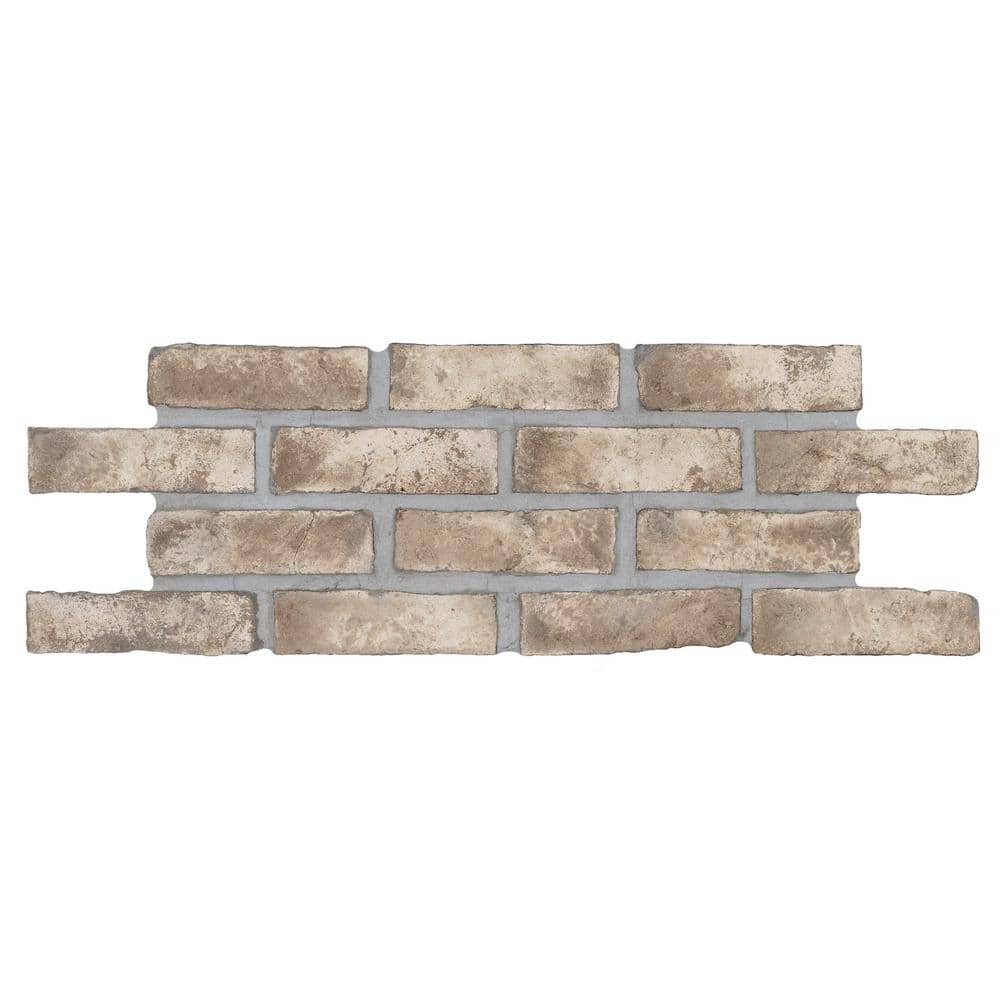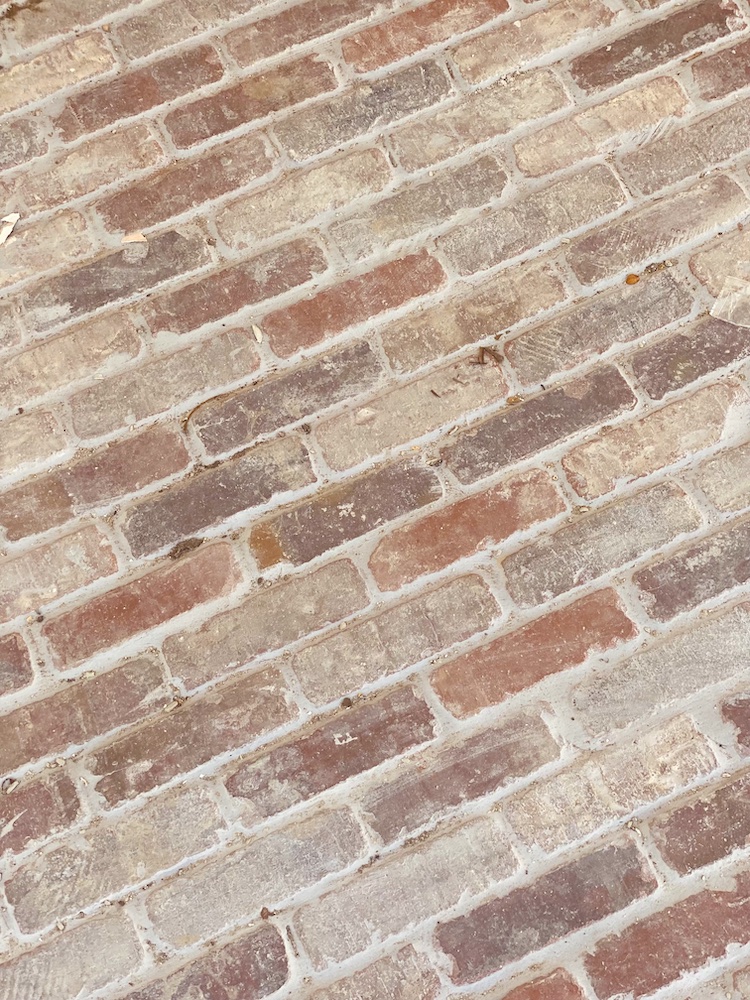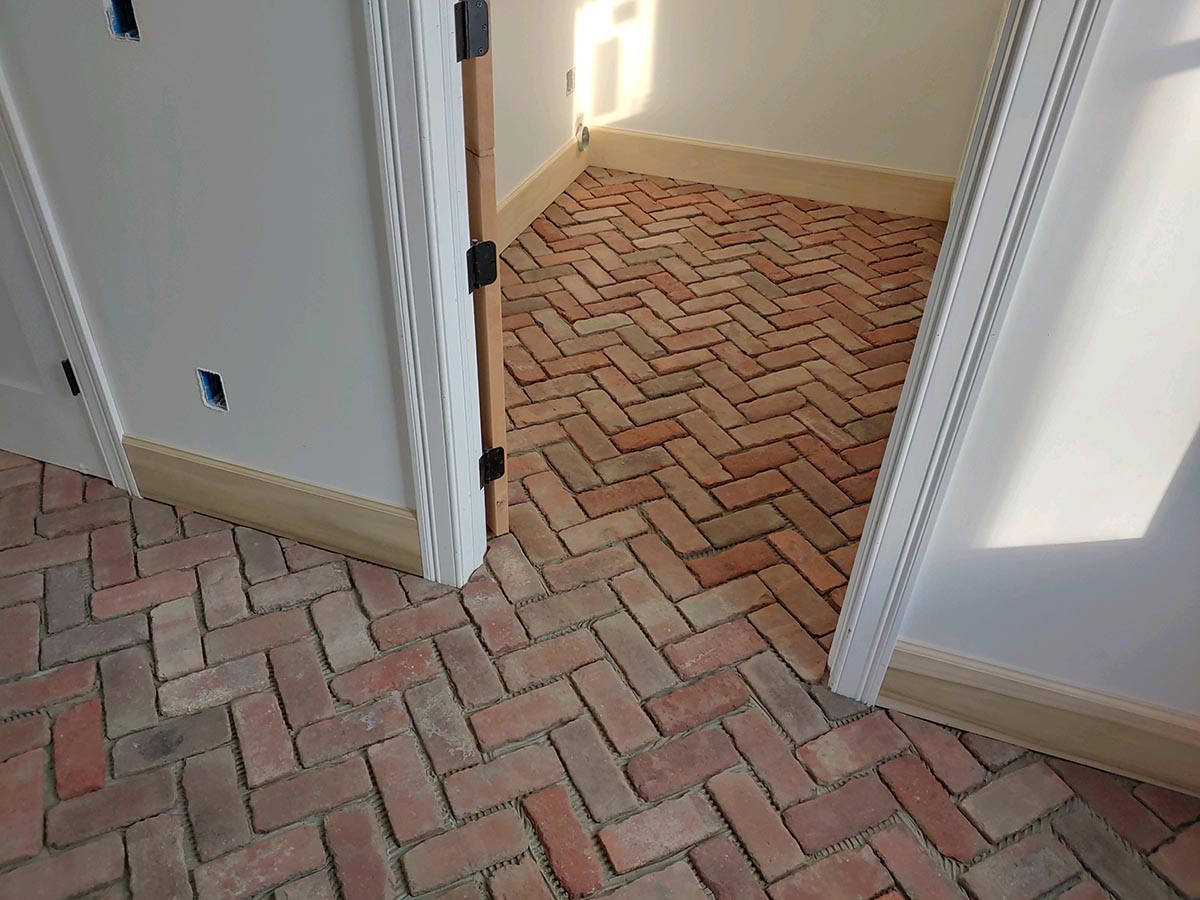When it comes to flooring options, few materials offer the timeless charm and durability of brick veneer. Having recently renovated my own space using this unique aesthetic, I can attest to the transformative power of brick veneer floors. Not only do they impart a rustic elegance, but they also come with several practical benefits. In this article, we’ll delve into everything you need to know about brick veneer flooring, including its pros and cons, installation tips, and how to effectively integrate it into your decor.
What is Brick Veneer Flooring?
Brick veneer flooring consists of thin slices of brick that can be adhered directly to the subfloor, allowing you to enjoy the appearance of solid brick without the associated weight and expense. This versatile flooring option is becoming increasingly popular due to its ease of installation and aesthetic appeal.
History and Evolution of Brick Veneer
Brick has been a fundamental building material for centuries. The evolution to brick veneer began as a way to achieve the classic look of solid brick while reducing costs and installation challenges. Today, brick veneer is celebrated not just for its historical significance but also for its functionality and modern applications.
Benefits of Brick Veneer Flooring
There are numerous advantages to selecting brick veneer flooring for your home. Below, I’ve compiled a list based on my personal experience and other research.
1. Aesthetically Pleasing
The rustic and timeless look of brick veneer adds character to any space, making it perfect for both modern and traditional designs.

2. Durability
Brick is known for its strength and resistance to wear and tear. When properly installed and maintained, brick veneer can last for decades.
3. Low Maintenance
Brick veneer floors are relatively easy to clean and require minimal maintenance compared to other flooring options.

4. Versatility in Design
Brick veneers come in various colors, textures, and styles, allowing you to customize your flooring to meet your decor needs.
5. Eco-Friendly Option
Many brick veneer products are made from recycled materials, making them a sustainable choice for eco-conscious consumers.

Comparison Table: Brick Veneer vs. Other Flooring Options
| Feature | Brick Veneer | Hardwood | Laminated Flooring |
|---|---|---|---|
| Durability | High | Moderate | Low |
| Maintenance | Low | Moderate | Low |
| Installation Cost | Moderate | High | Low |
| Aesthetic Appeal | High | High | Moderate |
| Eco-Friendly | Yes | Depends | No |
Drawbacks of Brick Veneer Flooring
While brick veneer flooring boasts numerous benefits, it’s essential to consider its drawbacks before making a choice.

1. Hardness
The hardness of brick can make it uncomfortable to stand on for extended periods, especially in areas like kitchens or laundry rooms.
2. Coldness
Brick tends to retain coldness, which might be less desirable in chilly climates. However, it can be offset with underfloor heating.

3. Installation Complexity
Although it can be DIY-friendly, brick veneer installation can be complex, requiring a skilled hand for best results.
Pros and Cons of Brick Veneer Flooring
- Pros:
- Aesthetic appeal
- Durability
- Low maintenance
- Eco-friendly attributes
- Cons:
- Hardness
- Coldness in specific climates
- Complex installation
Installation of Brick Veneer Flooring
The installation process for brick veneer flooring can vary depending on your preferred method. Here’s a step-by-step guide based on my personal experience.
Step 1: Preparing the Subfloor
Ensure the subfloor is clean, dry, and level. Any imperfections can lead to a poor installation.

Step 2: Choosing the Right Adhesive
Select an adhesive that suits brick veneer; thin-set mortar is often recommended for its strong bond.
Step 3: Laying the First Row
Start laying the bricks from the corner of the room, using spacers to maintain uniform gaps.
Step 4: Cutting Bricks as Needed
Use a wet saw to cut bricks to fit around obstacles such as doorways or vents.
Step 5: Grouting and Sealing
Once all bricks are installed, apply grout between them. After it cures, seal the surface to enhance longevity.
Common Mistakes to Avoid During Installation
- Neglecting to level the subfloor.
- Using the incorrect adhesive.
- Skipping the grouting phase.
Decorating with Brick Veneer Flooring
Integrating brick veneer flooring into your home decor can create stunning visual effects. Here are some ideas based on trends and my own experiences:
1. Pairing with Wooden Elements
Combining brick with wood creates a warm and inviting atmosphere. Consider furniture or cabinets made from reclaimed wood to enhance the rustic vibe.
2. Choosing a Color Palette
Brick veneer comes in various hues, from classic reds to modern greys. Select a color palette that complements the existing decor for a cohesive look.
3. Accent Walls
Consider using brick veneer for an accent wall in conjunction with brick flooring, creating a seamless flow between spaces.
Style Inspirations
Here are a few style inspirations that can complement brick veneer floors:
- Industrial Chic: Pair with metal and leather furnishings.
- Rustic Country: Combine with farmhouse decor and natural elements.
- Modern Minimalist: Use monochromatic colors with clean lines for a contemporary feel.
FAQs About Brick Veneer Flooring
1. Is brick veneer flooring waterproof?
While brick itself is porous, when properly sealed and maintained, brick veneer flooring can resist moisture. However, it’s essential to address any water issues promptly.
2. Can I install brick veneer flooring over existing floors?
In many cases, you can install brick veneer flooring over existing floors if they are level and in good condition. Always check for manufacturer guidelines.
3. How do I clean brick veneer flooring?
Regular sweeping and occasional mopping with a mild detergent will keep your brick veneer flooring looking great. Avoid acidic cleaners as they can damage the surface.
4. How much does brick veneer flooring cost?
The cost of brick veneer flooring can vary based on the quality of materials and the complexity of installation. On average, you can expect to pay between $5 to $15 per square foot, including materials and labor.
5. Are there any specific maintenance tips for brick veneer flooring?
To maintain your brick veneer flooring, consider sealing it every few years, avoid harsh chemicals, and promptly address stains or spills.
Conclusion
Brick veneer flooring is a stunning and practical choice for homeowners looking to elevate their decor while enjoying the benefits of durability and low maintenance. Whether you are drawn to its rustic charm or its eco-friendly properties, brick veneer can seamlessly fit into any home style. By considering the installation tips, decorating ideas, and maintenance strategies discussed above, you can create a space that feels both inviting and stylish. Embrace the beauty of brick veneer flooring in your home and enjoy the aesthetic and functional advantages it brings!